Skinbased skis are a versatile option for winter adventurers. They feature integrated climbing skins that provide smooth gliding and uphill grip without the need for extra gear like separate skins or wax. This guide compares three popular types - OAC, Altai Hok, and Trekking Skis - to help you choose the best fit for your needs.
- OAC Skis: Built in Finland, these skis are durable and work well on various terrains. They feature steel edges for icy conditions and lightweight cores for energy efficiency. Prices range from $479.95 to $559.95.
- Altai Hok Skis: Known for their snowshoe-like maneuverability, these skis excel in untracked terrain. They come in sizes for youth to tall adults, with prices starting at $399.95.
- Trekking Skis: Ideal for rolling landscapes and long tours, they combine smooth glide and durability, thanks to integrated mohair-mix skins.
Quick Comparison
| Feature | OAC Skis | Altai Hok | Trekking Skis |
|---|---|---|---|
| Terrain | Groomed trails, backcountry | Untracked, variable terrain | Rolling landscapes, mixed snow |
| Performance | Multi-day trips, icy grip | Uphill grip, edge control | Smooth glide, no adjustments |
| Price | $479.95–$559.95 | $399.95 | Varies |
Key Takeaway: OAC skis are great for backcountry tours, Altai Hok skis are perfect for varied terrain, and Trekking Skis offer a smooth, low-maintenance experience for extended journeys.
First time skiing on OAC Kar skis- Can they replace ...
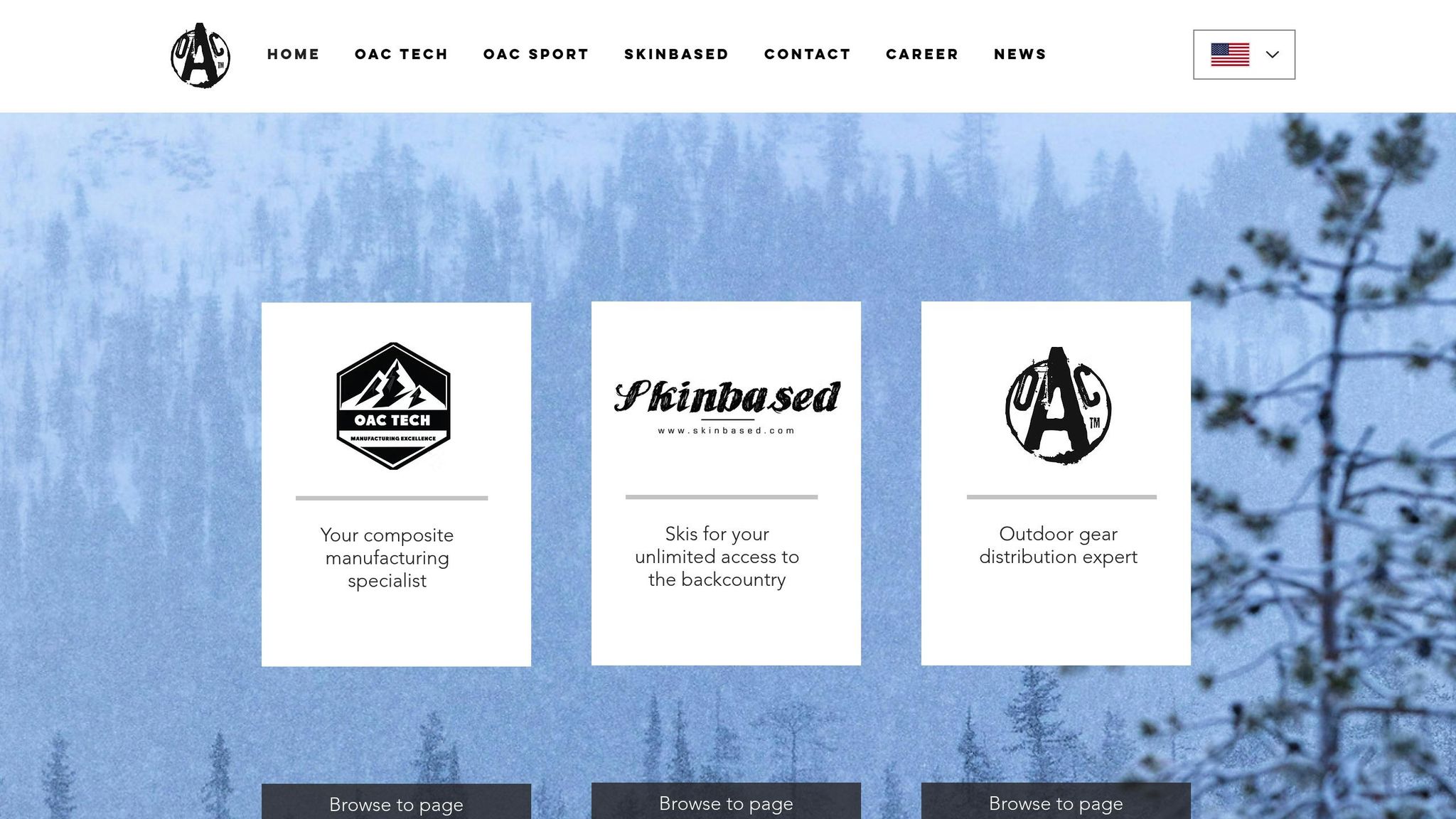
1. OAC Skis Features
OAC skis are carefully crafted in Finland to handle a variety of terrains with ease. The RavenCore braid-box core helps reduce energy loss while increasing durability.
The Unicoat base ensures consistent performance by controlling wax absorption, requiring very little upkeep. For added versatility, OAC skis come with steel edges for better grip on icy surfaces and composite edges to resist damage in softer snow conditions.
| Model | Length | Width (Tip–Waist–Tail) | Weight | Price |
|---|---|---|---|---|
| WAP 129 | 129 cm | 137–120–129 mm | 2 lbs 2 oz (970 g) | $479.95 |
| XCD BC 160 | 160 cm | Custom profile | - | $559.95 |
| XCD GT 160 | 160 cm | Custom profile | - | $539.95 |
These skis are compatible with EA universal, telemark, and Xplore bindings. Within the OAC range, the XCD series is tailored for backcountry touring, while the WAP models are designed for more versatile trekking uses.
Next, take a closer look at the design and performance benefits of Altai Hok skis.
2. Altai Hok Skis Features
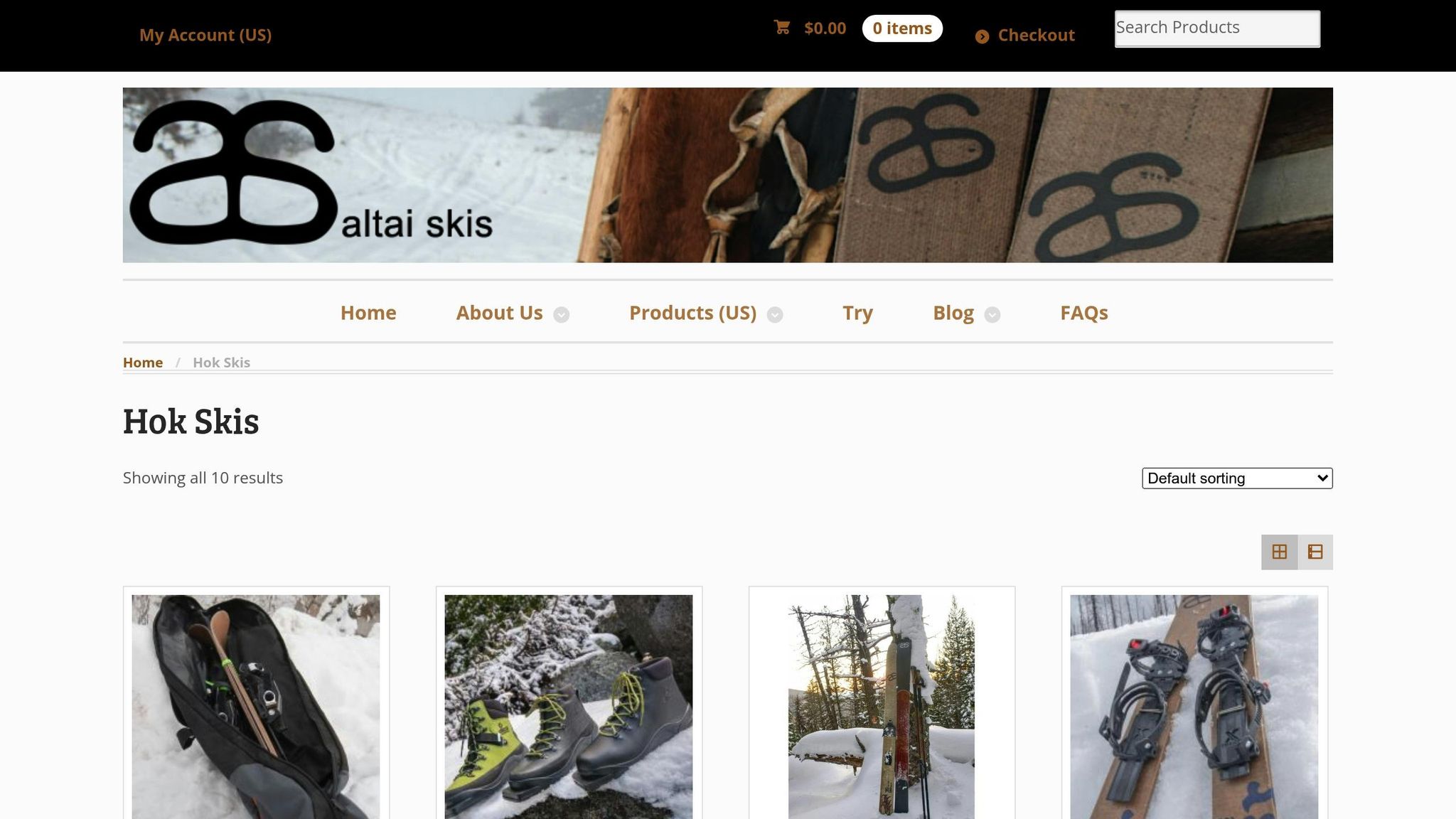
Altai Hok skis offer a unique mix of snowshoe-like maneuverability and the glide of cross-country skis. They feature integrated partial climbing skins, metal edges, and a single camber with a slightly rockered tip. This design provides better control on descents and a reliable grip for uphill movement.
These skis come in three sizes to accommodate different users:
| Model | Length | Dimensions (Tip/Waist/Tail) | Weight | Best For |
|---|---|---|---|---|
| Balla Hok | 99 cm | 102/90/101 mm | 2 lb 6 oz | Youth |
| Standard Hok | 125 cm | 124/110/122 mm | 4 lb 8 oz | Adults |
| Extended Hok | 145 cm | 124/110/122 mm | 5 lb 5 oz | Tall Adults |
The 125 cm Standard Hok is the go-to option for most adults. However, taller or heavier users often prefer the 145 cm Extended Hok, as it offers more floatation in deeper snow.
During a test in Alaska in February 2024, skiers using the 125 cm and 145 cm models sank only 3-6 inches in five feet of powder. This demonstrated their stability on flat trails, moderate slopes, and in dense wooded areas. To avoid ice buildup on the skins, it’s a good idea to apply silicone spray or Swix F4 after each use.
Priced at $399.95, these skis are a premium choice for adventurers who prioritize durability and straightforward functionality.
Next, let’s compare them to standard trekking skis.
sbb-itb-17ade95
3. Trekking Skis Features
Trekking skis combine the smooth glide of cross-country skis with the durability needed for backcountry adventures. Designed for everything from short day trips to extended tours, they eliminate the need for separate skins and waxing.
These skis are built to handle a range of outings, from casual afternoon trails to multi-week expeditions. They come with integrated mohair-mix skins that provide a good mix of grip and glide. Advanced materials and specialized features further improve their performance on different types of terrain.
A higher camber design ensures better handling on variable snow without adding extra weight. Their shorter length and wider profile make them ideal for breaking trails or gliding smoothly on fresh powder.
Trekking skis perform well in dense forests, deep snow, rolling landscapes, and even on snowshoe paths. This makes them a reliable choice for adventurers navigating a variety of conditions.
Side-by-Side Comparison
Here's a quick comparison of these ski models to help you find the best fit for your needs.
| Feature | OAC Skis | Altai Hok | Trekking Skis |
|---|---|---|---|
| Terrain Suitability | From groomed trails to backcountry tours | Perfect for variable, untracked terrain | Great for rolling terrain with uphill/downhill travel |
| Performance Strengths | Handles various conditions; great for multi-day trips | Excellent uphill grip; solid edge control on firm snow | Smooth glide on mixed snow, no adjustments needed |
OAC Skis combine Finnish RavenCore construction with EA universal bindings (22.5–30.5 cm/9″–12″), making them ideal for extended backcountry adventures. Altai Hok excels in uphill grip and offers reliable edge control on packed or firm snow, making it perfect for unpredictable, untracked terrains. Trekking Skis feature mohair-mix skins and a higher camber, ensuring smooth, wax-free transitions on rolling landscapes and long tours.
Which Ski Fits Your Needs
Check out the side-by-side specs to find the right ski for your skill level and the terrain you plan to tackle.
For Beginners and Family Adventures
The OAC WAP 129 offers a shorter length and composite edges, making it easier to handle and more stable for those just starting out. These features also make it a solid choice for family outings, where stability is key.
For Mixed Terrain Enthusiasts
If you’re venturing into varied conditions, steel edges provide better grip on icy surfaces and steeper slopes. OAC's Braid box construction ensures better energy transfer and durability. For specific needs, the Altai Hok’s narrower profile offers agility, while Trekking Skis’ wider base provides a steady glide across hardpack, powder, and forest trails.
Use the table below to match your skiing goals with the recommended features:
| Usage Scenario | Recommended Features | Best For |
|---|---|---|
| Family Activities | Composite edges, shorter length | Beginners, safety-focused users |
| Backcountry Tours | Steel edges, mohair-mix skins | Experienced users, varied terrain |
| Multi-Day Trips | Durable core constructions | Long expeditions |

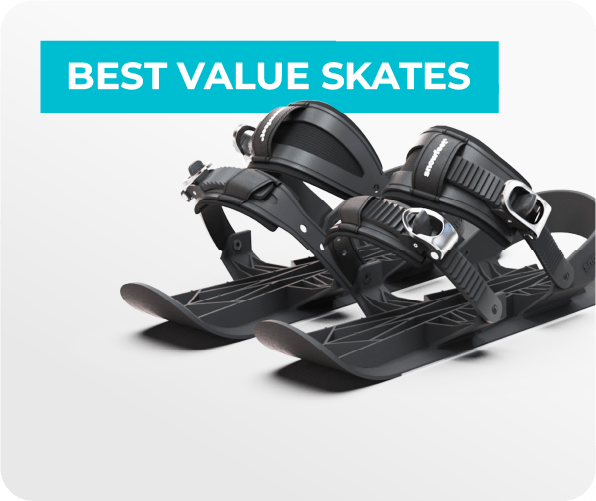
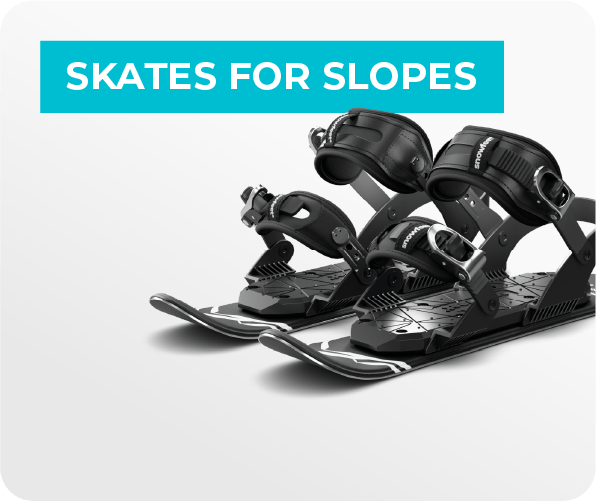
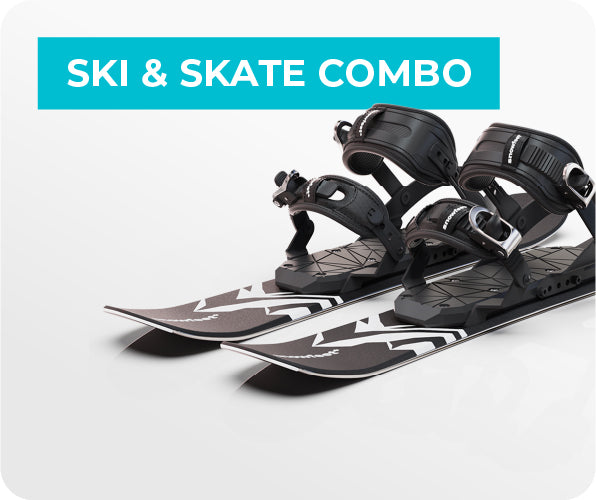
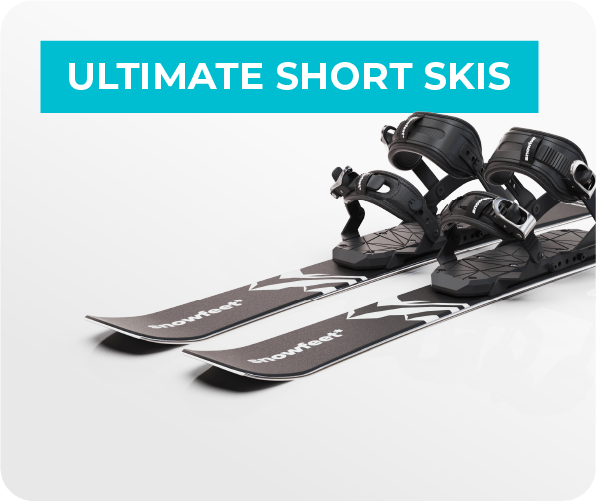
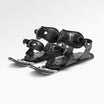
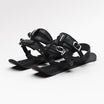
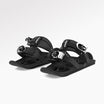
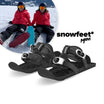
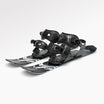
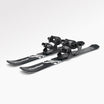
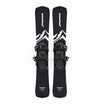
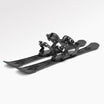
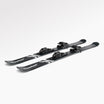
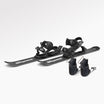
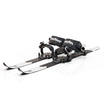
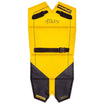
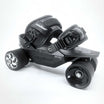

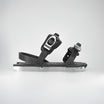
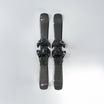
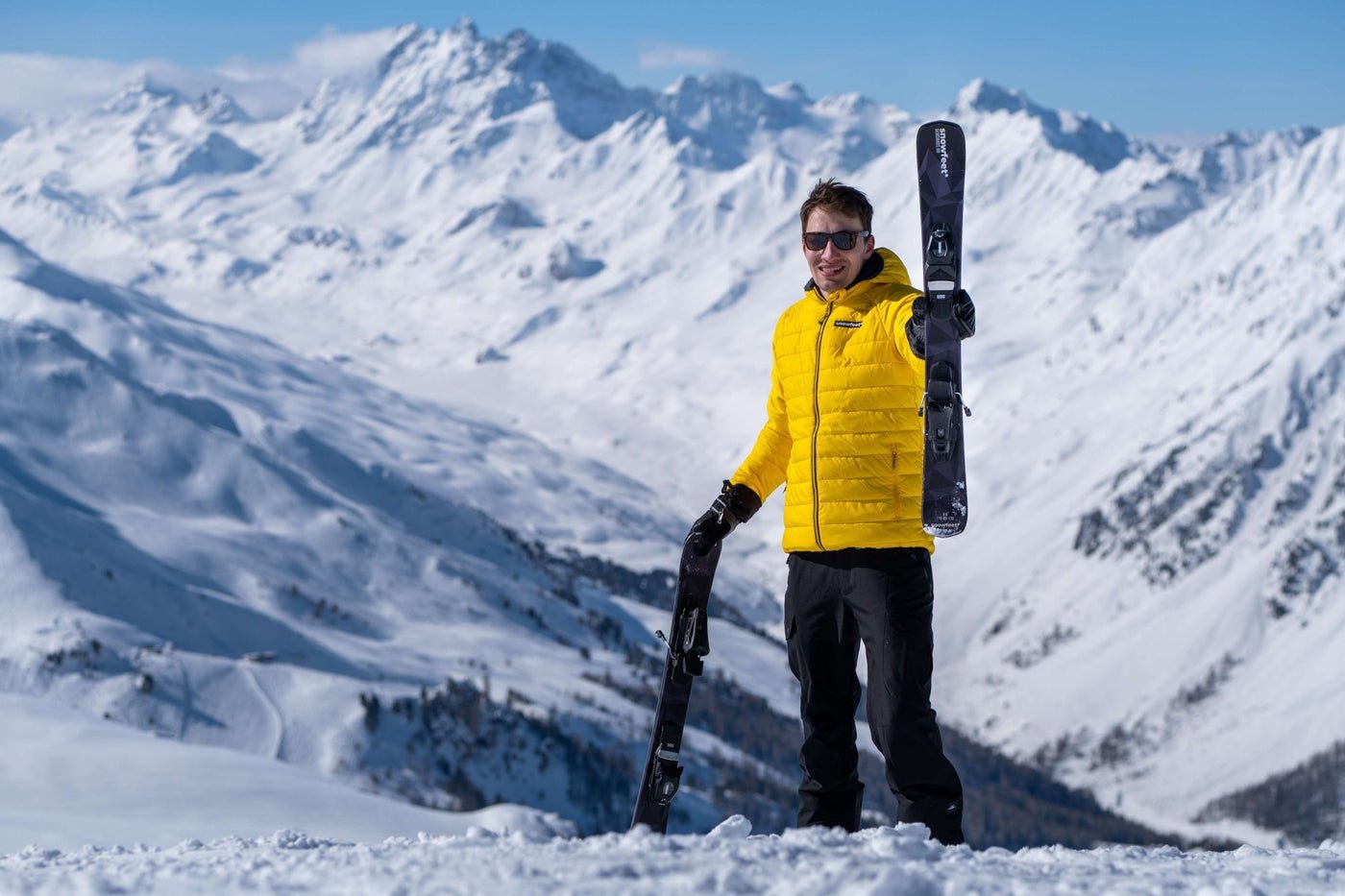
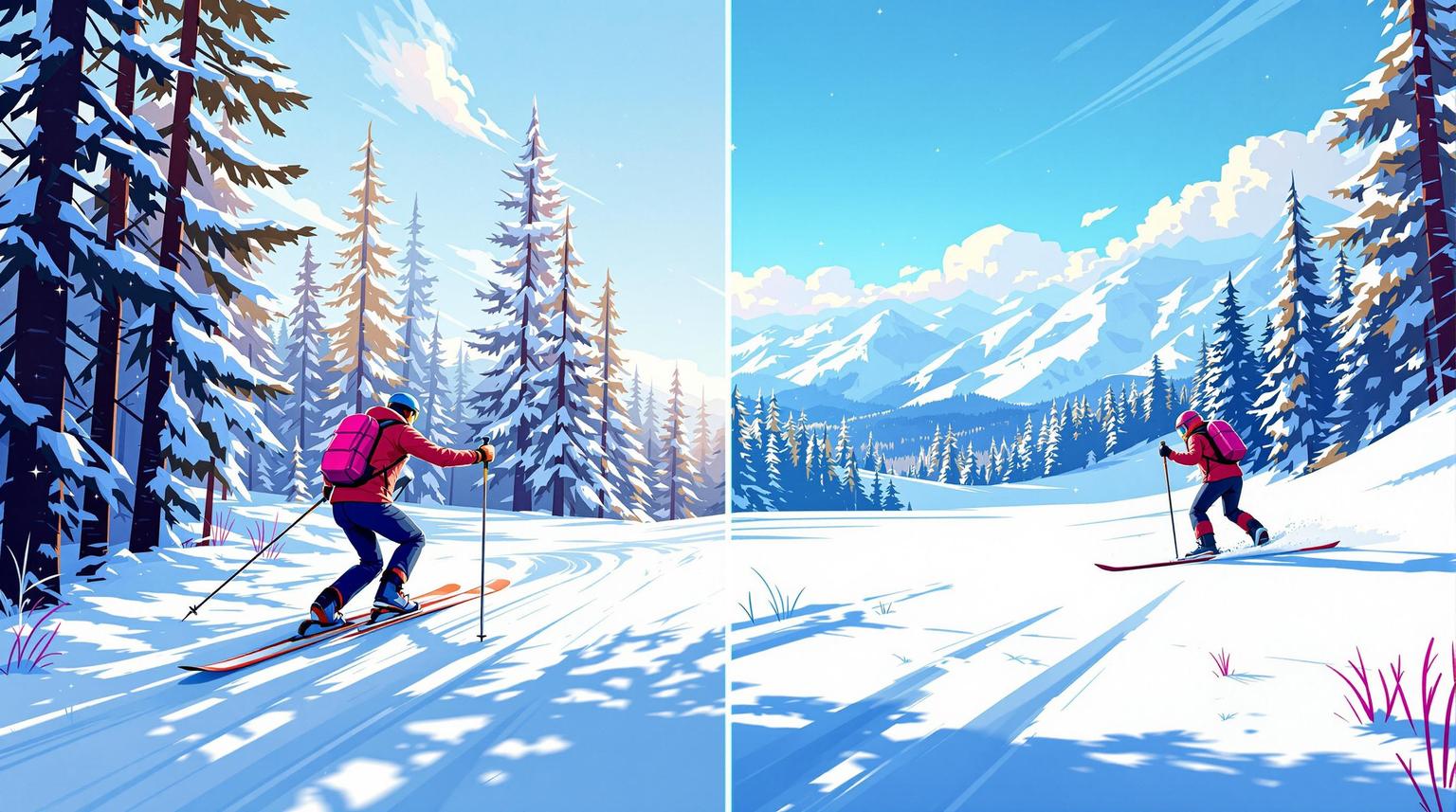
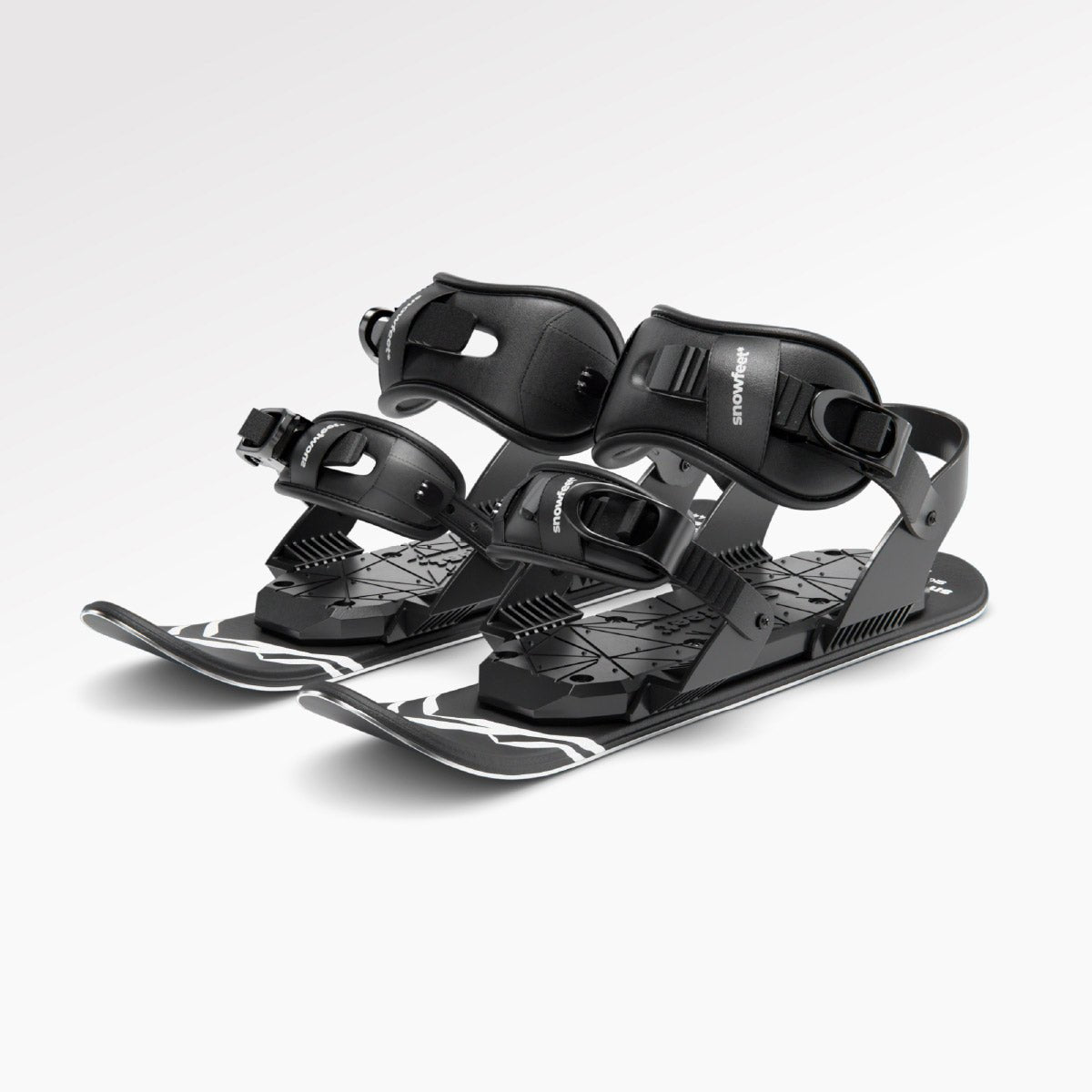
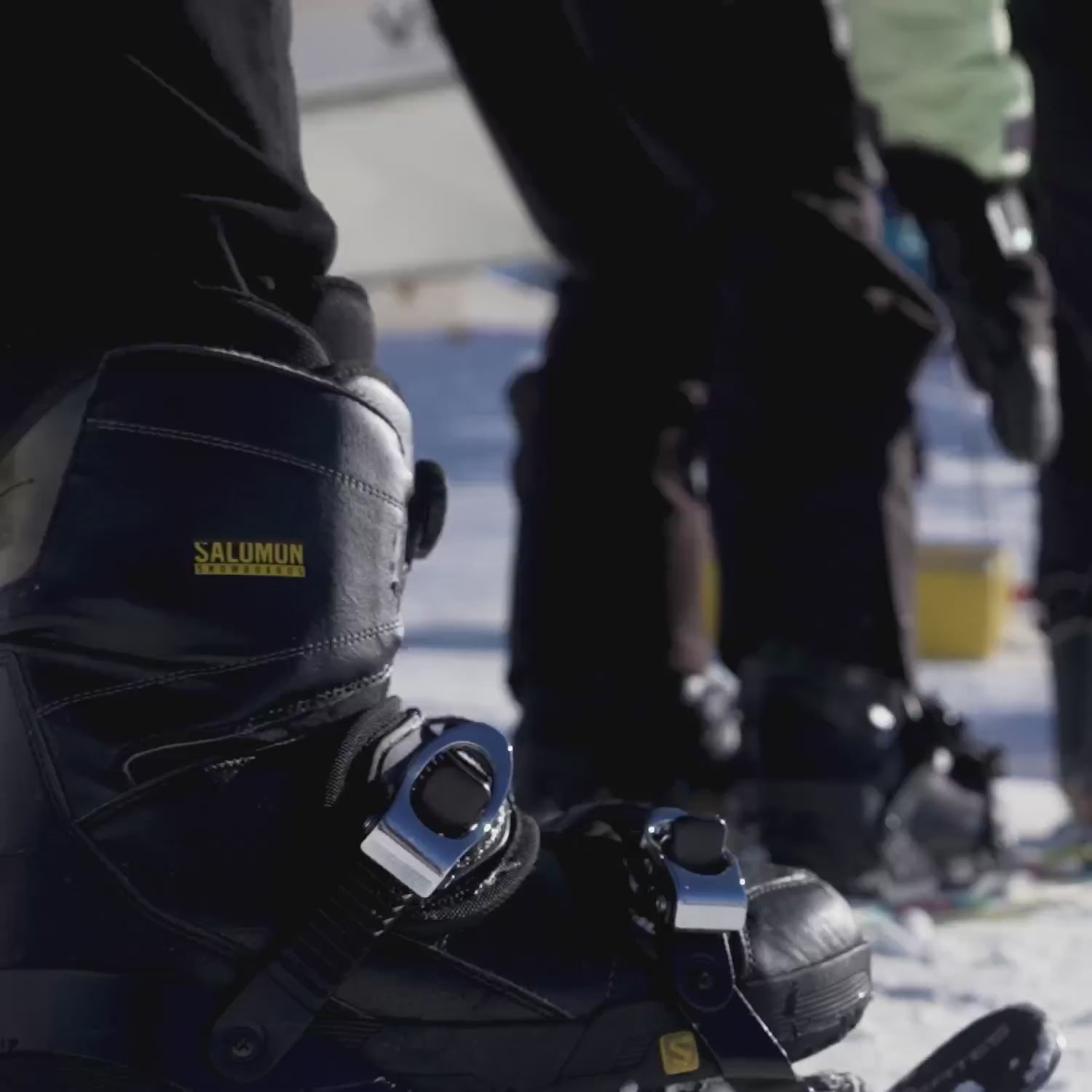
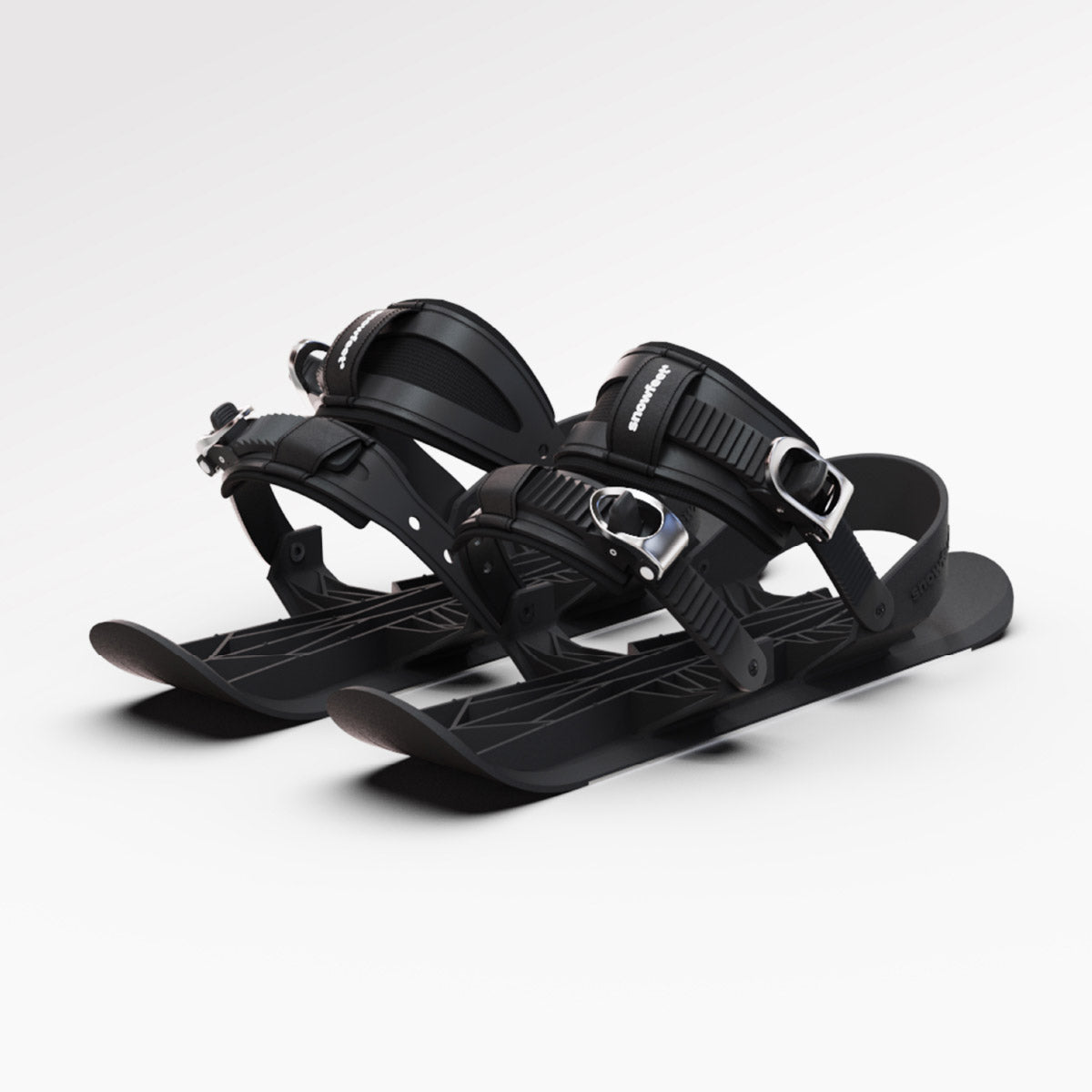
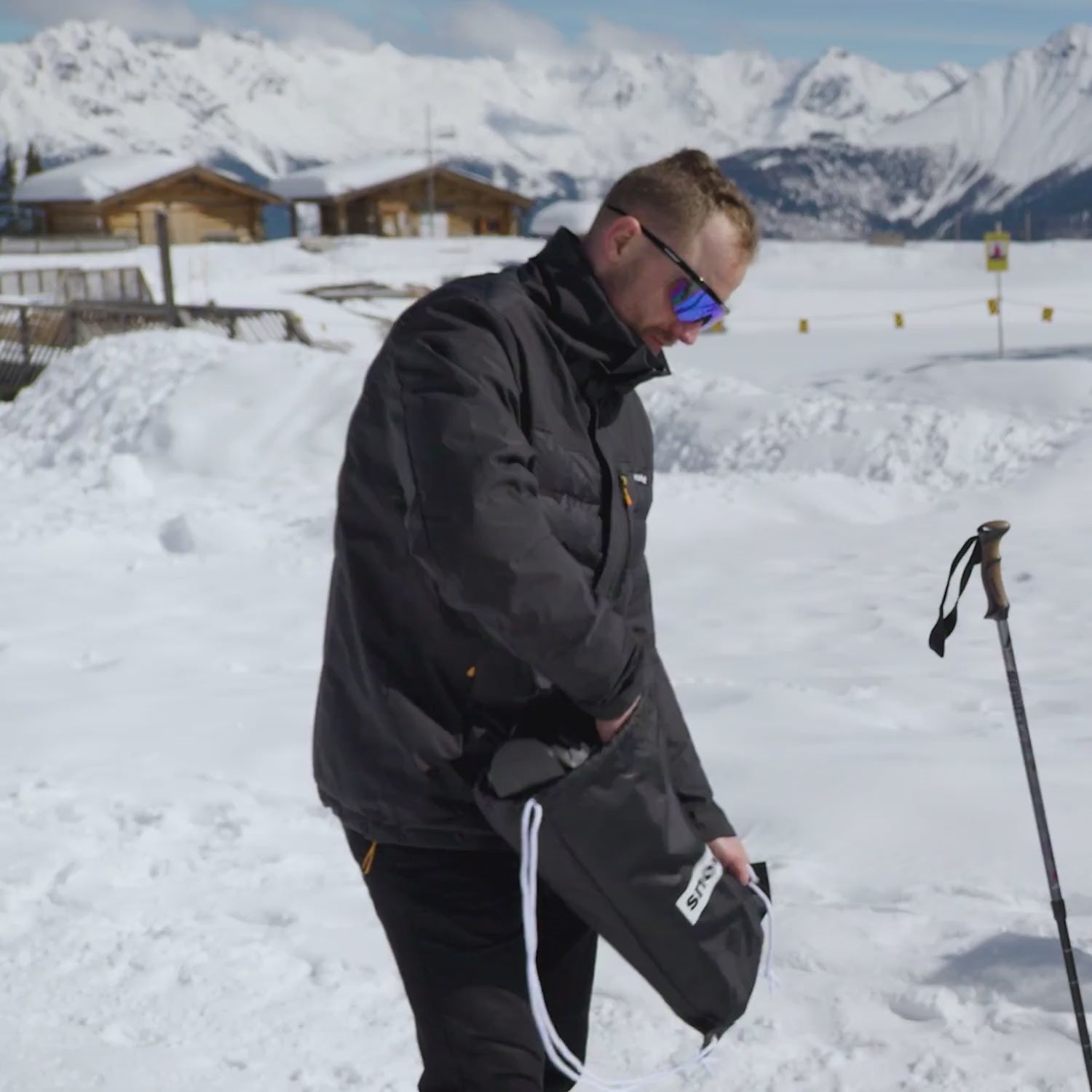
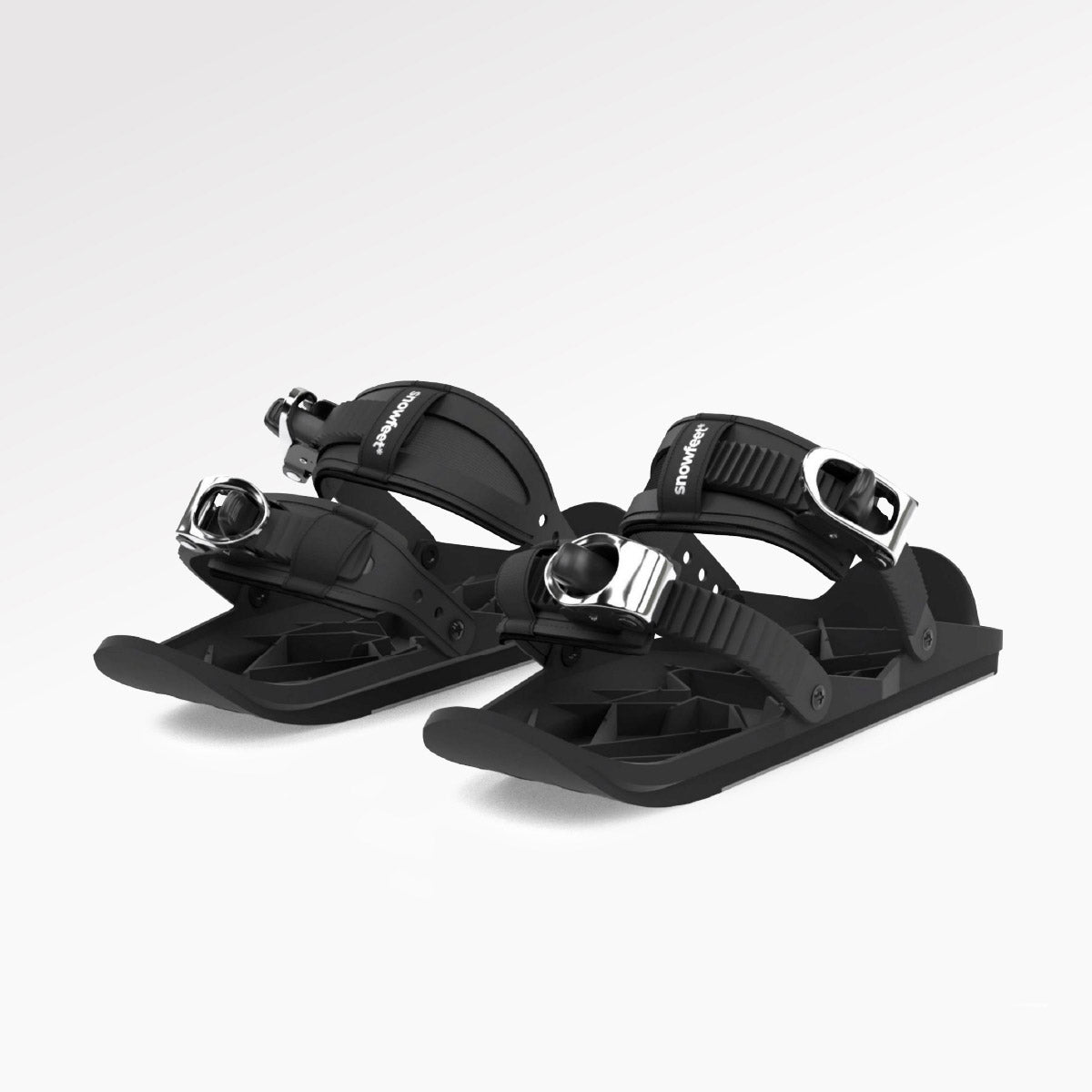
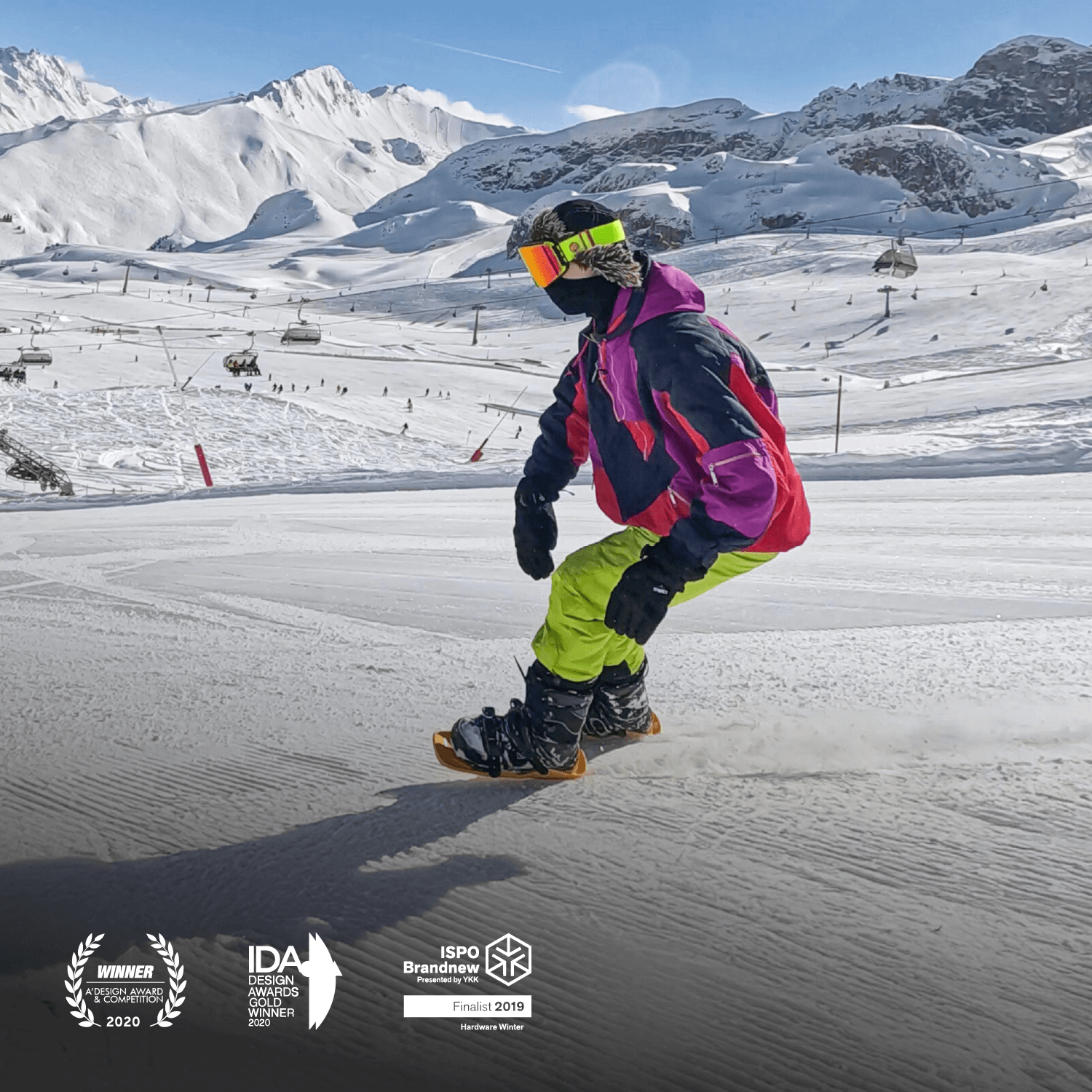
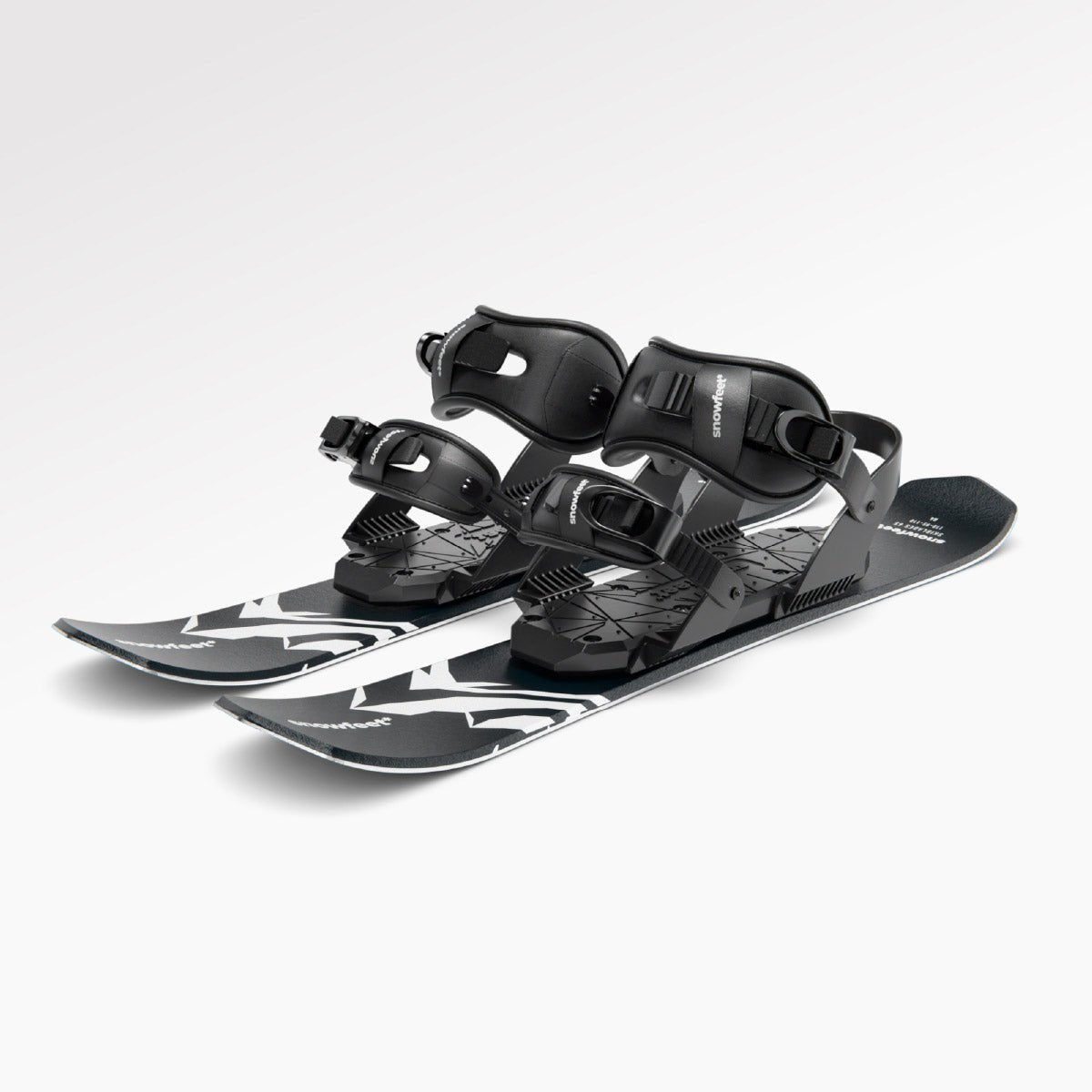
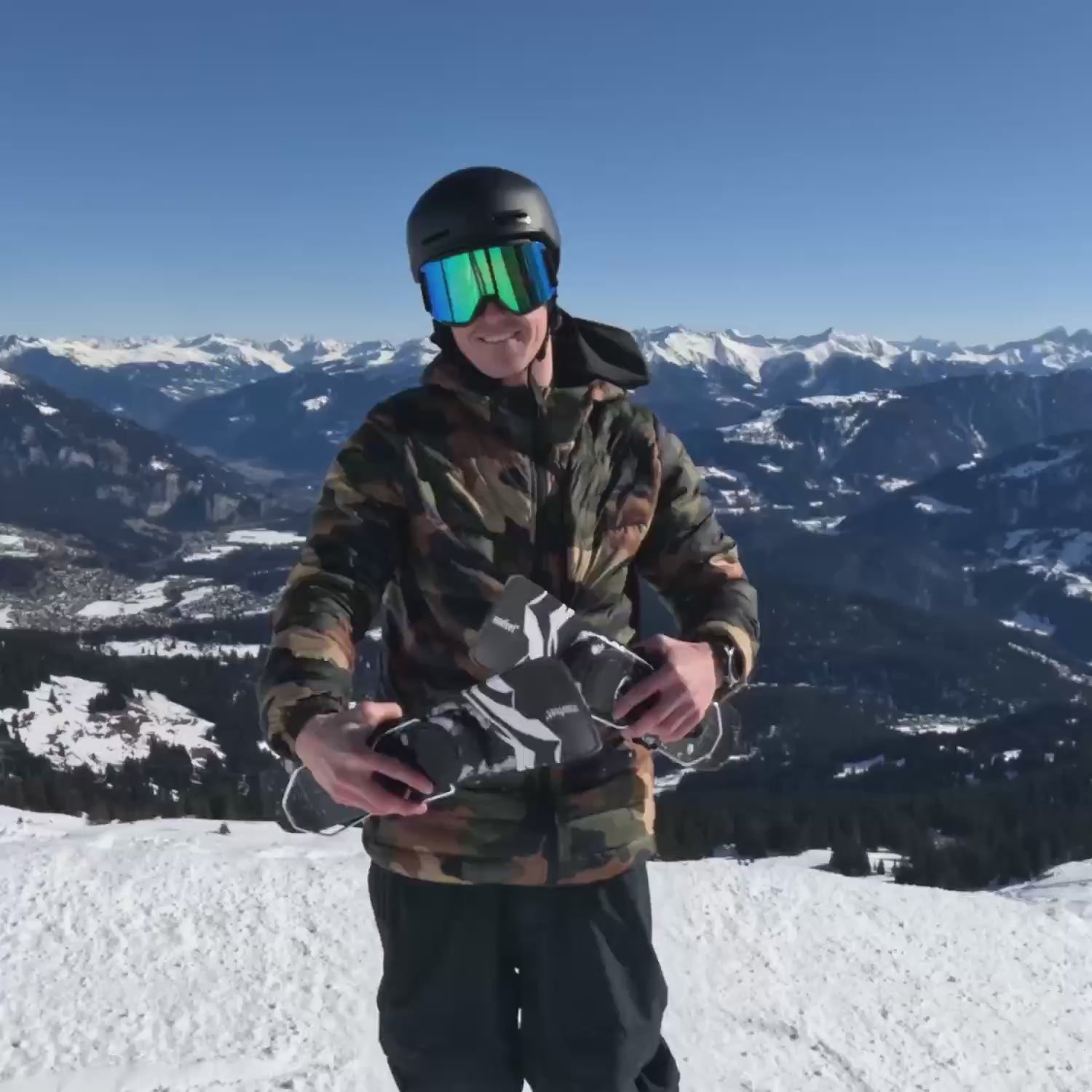
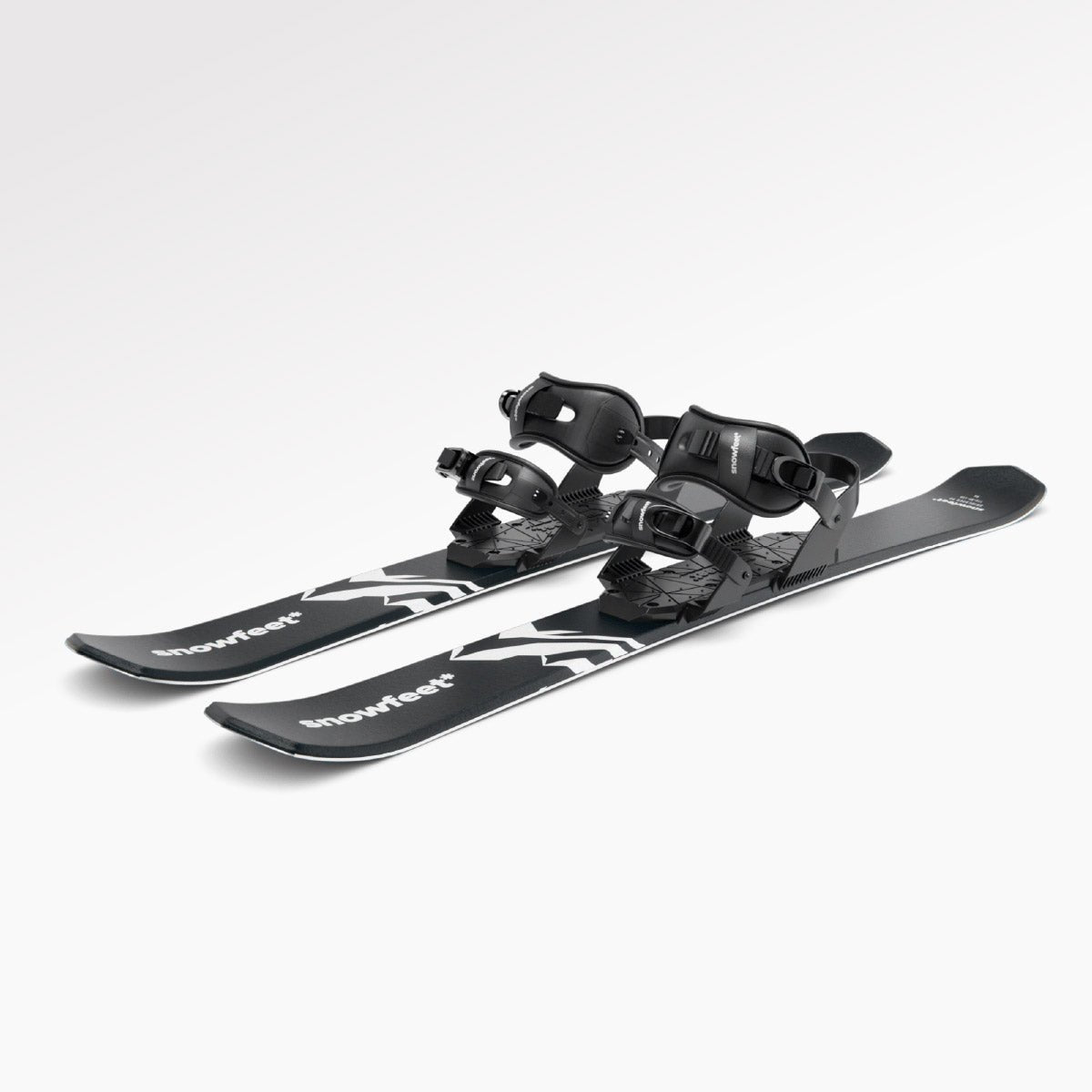
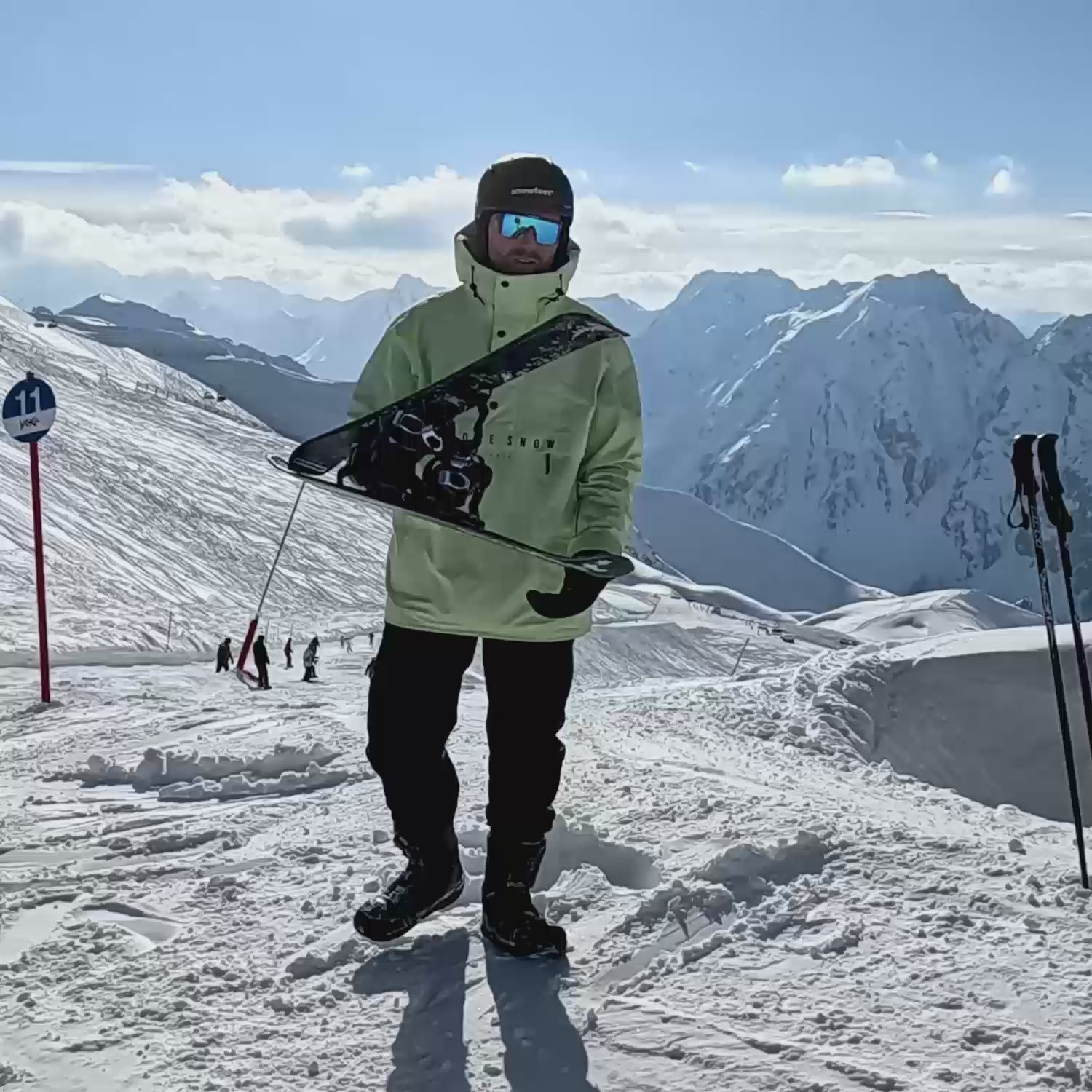
Leave a comment
This site is protected by hCaptcha and the hCaptcha Privacy Policy and Terms of Service apply.